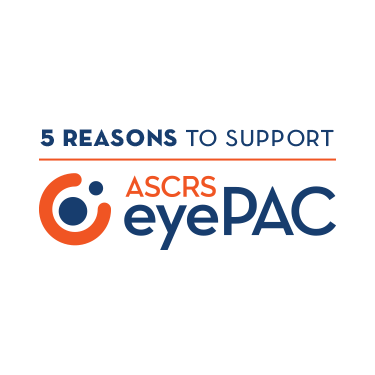This content is only available for ASCRS Members
This content from the 2021 ASCRS Annual Meeting is only available to ASCRS members. To log in, click the teal "Login" button in the upper right-hand corner of this page.


This content from the 2021 ASCRS Annual Meeting is only available to ASCRS members. To log in, click the teal "Login" button in the upper right-hand corner of this page.
© 2024 ASCRS. All Rights Reserved.
We use cookies to measure site performance and improve your experience. By continuing to use this site, you agree to our Privacy Policy and Legal Notice.
